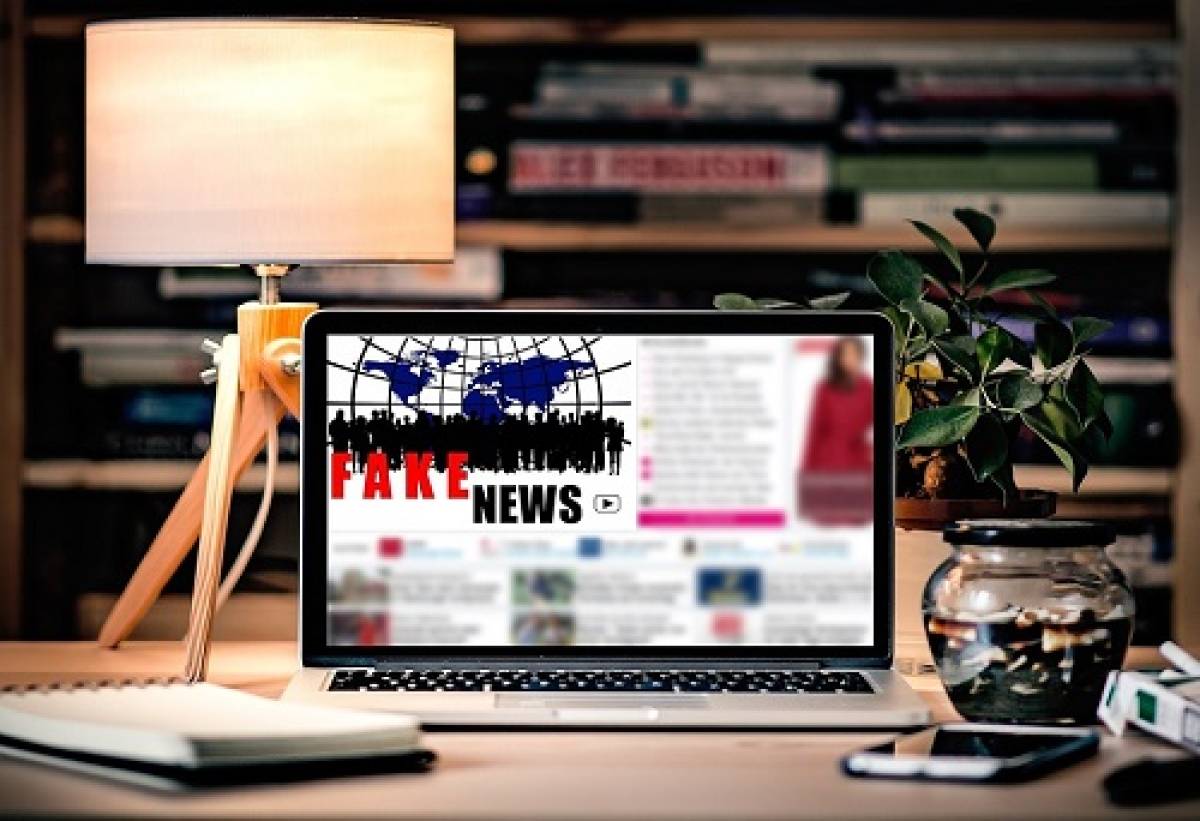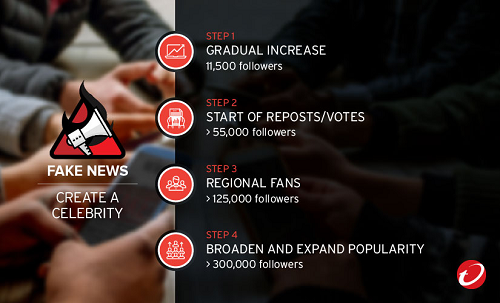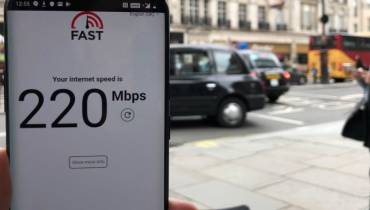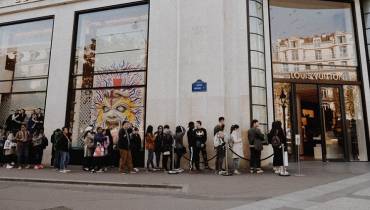Fake News Economy: People Are Charging $2,600 to Create Fake Internet Celebs

In our interconnected world where speed often takes precedence over truth, a false story or purposely misleading information can spread like wildfire on the internet. And some unscrupulous online entrepreneurs are taking advantage of this to make serious money.
According to a recent report by IT security company Trend Micro, the rise of fake news seems to be not so much the work of political operatives trying to mold public opinion. Instead, it is often the work of online entrepreneurs offering fake news services and campaigns, such as campaigns to discredit journalists, create fake celebrities and even instigate a street protest.
“It’s never been easier to manipulate social media and other online platforms to affect and amplify public opinion,” Trend Micro spokesman Bharat Mistry told BBC.
Rise of Fake News Services and Campaigns
In its report, Trend Micro looked at Russian, Chinese, Middle Eastern and English language sites offering all kinds of services based around manipulating social media, search engines and news organizations. It discovered a service to discredit a journalist costs around $50,000, while instigating a street protest costs $200,000. To create a fake internet celebrity with 300,000 followers in a month costs $2,600.
“The pricing models are generally simple: a fixed amount of money results in a fixed amount of actions and manipulations performed on a social media site (likes, favorites, etc.),” wrote Trend Micro in its report. “Some of these services guarantee the quality of these actions as well (i.e., they will use humans instead of bots, etc.).”

Steps involved in creating a fake internet celebrity as per Trend Micro.
Discrediting a journalist involves spreading fake stories contradicting the target's articles promoted via paid upvotes, likes, retweets and comments. It also involved tens of thousands of bots swamping a target's Twitter feed with malicious comments or posting strongly critical comments on stories.
Creating an internet celebrity entails a systematic campaign that involves bought followers/fans, likes, reposts, comments, and videos. And instigating protests entails creating social media groups where material geared toward arousing people’s emotions and creating a fabricated illusion of the future is promoted to members—enough to compel people to join an imagined cause.
Key to making the campaigns work, added the report, was creating fake stories, posts and discussions that "pander to its audience's ideologies."
Countermeasures
Governments, businesses, social media companies and internet users are all waking up to how serious public opinion manipulation—as manifested in “fake news”—can be. Not surprisingly, countering fake news while safeguarding free speech is becoming a global priority. Trend Micro said one way to curb spread of fake news and the booming fake news economy is to educate users and give them tools to spot unreliable sources.
When it comes to spotting fake stories and concocted campaigns, good indicators to look out for include provocative headlines, photoshopped photographs, website names that resemble legitimate media groups and a lack of author, sources, and data on stories. In addition, people can and should mitigate cyber propaganda by reading news from a broader range of reputable sources to get out of the “filter bubble,” as well as cross-checking the story with other media outlets if it is also reported elsewhere.
"Stories that don't align with your own beliefs don't necessarily mean they're fake," Trend Micro said.
See Also: Fake News is the News Right Now. Here's How to Spot a Hoax Story on Facebook.




















